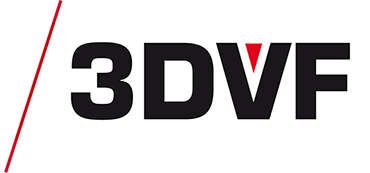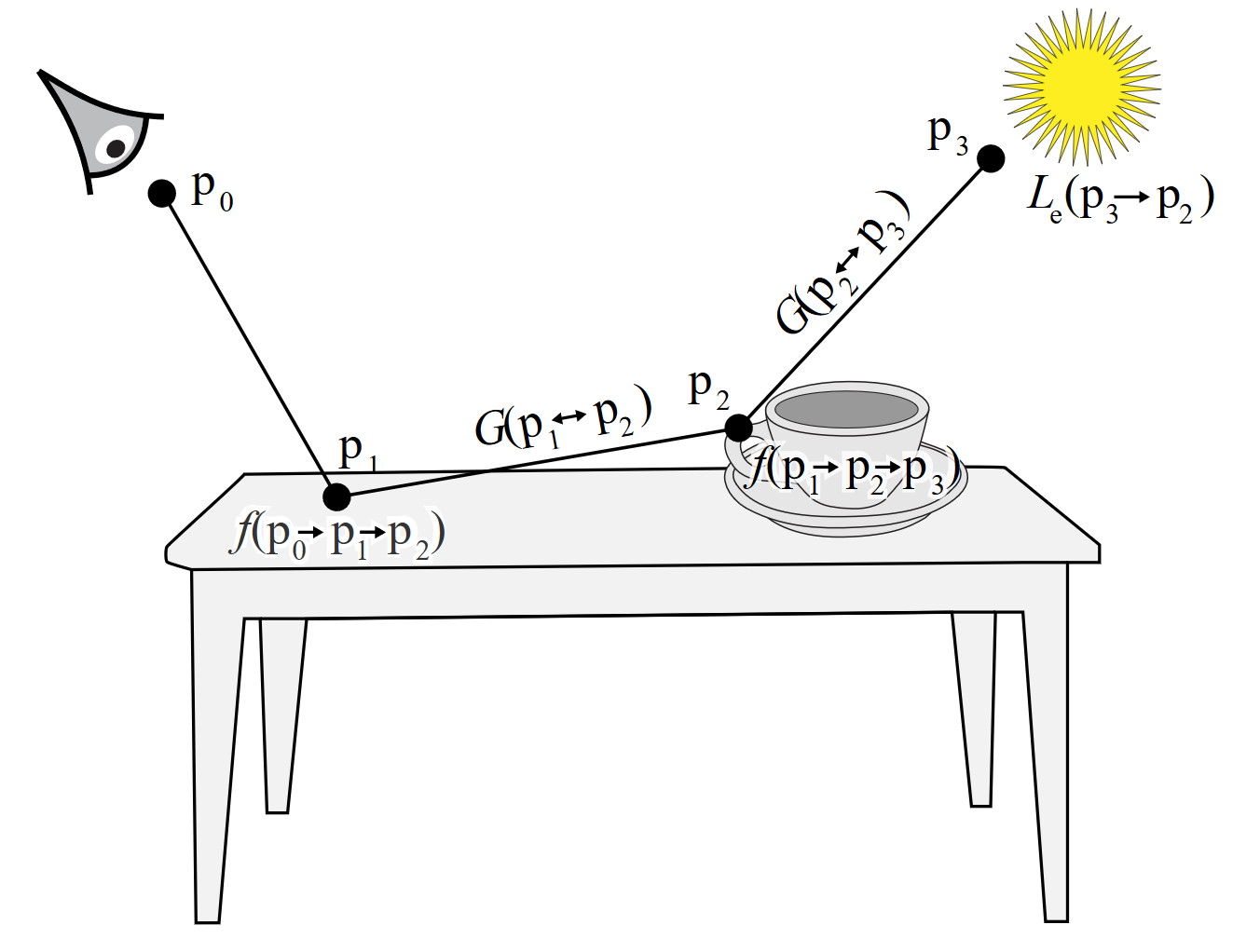Matt Pharr, Wenzel Jakob et Greg Humphreys avaient publié il y a 14 ans l’ouvrage Physically Based Rendering: From Theory to Implementation. Au fil des années, ce livre sur le rendu physique a été plusieurs fois mis à jour et réédité ; il était devenu une référence. Il avait même reçu un Academy Award for Scientific and Technical Achievement, lors de la cérémonie des Oscars Scientifiques et Techniques.
Il reste toutefois très onéreux : environ 70€ sur Amazon.fr, par exemple, et une cinquantaine d’euros en numérique.
Les auteurs viennent cependant d’annoncer la mise en ligne intégrale et gratuite de l’ensemble de l’ouvrage, que nous ne pouvons que vous inviter à consulter. Mieux encore : l’équipe explique que son projet est de proposer chaque année une version mise à jour du livre, pour tenir compte des dernières avancées techniques. Pour y parvenir, elle a mis en place un Patreon qui financera l’initiative.
Vous retrouverez ci-dessous le plan complet du livre. Le site officiel propose une version interactive, avec des liens permettant d’accéder directement aux différents chapitres.
Preface
Further Reading
Preface to the Online Edition
1 Introduction
1.1 Literate Programming
1.2 Photorealistic Rendering and the Ray-Tracing Algorithm
1.3 pbrt: System Overview
1.4 Parallelization of pbrt
1.5 How to Proceed through This Book
1.6 Using and Understanding the Code
1.7 A Brief History of Physically Based Rendering
Further Reading
Exercises
2 Geometry and Transformations
2.1 Coordinate Systems
2.2 Vectors
2.3 Points
2.4 Normals
2.5 Rays
2.6 Bounding Boxes
2.7 Transformations
2.8 Applying Transformations
2.9 Animating Transformations
2.10 Interactions
Further Reading
Exercises
3 Shapes
3.1 Basic Shape Interface
3.2 Spheres
3.3 Cylinders
3.4 Disks
3.5 Other Quadrics
3.6 Triangle Meshes
3.7 Curves
3.8 Subdivision Surfaces
3.9 Managing Rounding Error
Further Reading
Exercises
4 Primitives and Intersection Acceleration
4.1 Primitive Interface and Geometric Primitives
4.2 Aggregates
4.3 Bounding Volume Hierarchies
4.4 Kd-Tree Accelerator
Further Reading
Exercises
5 Color and Radiometry
5.1 Spectral Representation
5.2 The SampledSpectrum Class
5.3 RGBSpectrum Implementation
5.4 Radiometry
5.5 Working with Radiometric Integrals
5.6 Surface Reflection
Further Reading
Exercises
6 Camera Models
6.1 Camera Model
6.2 Projective Camera Models
6.3 Environment Camera
6.4 Realistic Cameras
Further Reading
Exercises
7 Sampling and Reconstruction
7.1 Sampling Theory
7.2 Sampling Interface
7.3 Stratified Sampling
7.4 The Halton Sampler
7.5 (0, 2)-Sequence Sampler
7.6 Maximized Minimal Distance Sampler
7.7 Sobol’ Sampler
7.8 Image Reconstruction
7.9 Film and the Imaging Pipeline
Further Reading
Exercises
8 Reflection Models
8.1 Basic Interface
8.2 Specular Reflection and Transmission
8.3 Lambertian Reflection
8.4 Microfacet Models
8.5 Fresnel Incidence Effects
8.6 Fourier Basis BSDFs
Further Reading
Exercises
9 Materials
9.1 BSDFs
9.2 Material Interface and Implementations
9.3 Bump Mapping
Further Reading
Exercises
10 Texture
10.1 Sampling and Antialiasing
10.2 Texture Coordinate Generation
10.3 Texture Interface and Basic Textures
10.4 Image Texture
10.5 Solid and Procedural Texturing
10.6 Noise
Further Reading
Exercises
11 Volume Scattering
11.1 Volume Scattering Processes
11.2 Phase Functions
11.3 Media
11.4 The BSSRDF
Further Reading
Exercises
12 Light Sources
12.1 Light Emission
12.2 Light Interface
12.3 Point Lights
12.4 Distant Lights
12.5 Area Lights
12.6 Infinite Area Lights
Further Reading
Exercises
13 Monte Carlo Integration
13.1 Background and Probability Review
13.2 The Monte Carlo Estimator
13.3 Sampling Random Variables
13.4 Metropolis Sampling
13.5 Transforming between Distributions
13.6 2D Sampling with Multidimensional Transformations
13.7 Russian Roulette and Splitting
13.8 Careful Sample Placement
13.9 Bias
13.10 Importance Sampling
Further Reading
Exercises
14 Light Transport I: Surface Reflection
14.1 Sampling Reflection Functions
14.2 Sampling Light Sources
14.3 Direct Lighting
14.4 The Light Transport Equation
14.5 Path Tracing
Further Reading
Exercises
15 Light Transport II: Volume Rendering
15.1 The Equation of Transfer
15.2 Sampling Volume Scattering
15.3 Volumetric Light Transport
15.4 Sampling Subsurface Reflection Functions
15.5 Subsurface Scattering Using the Diffusion Equation
Further Reading
Exercises
16 Light Transport III: Bidirectional Methods
16.1 The Path-Space Measurement Equation
16.2 Stochastic Progressive Photon Mapping
16.3 Bidirectional Path Tracing
16.4 Metropolis Light Transport
Further Reading
Exercises
17 Retrospective and The Future
17.1 Design Retrospective
17.2 Alternative Hardware Architectures
17.3 Conclusion
Further Reading
A Utilities
A.1 Main Include File
A.2 Image File Input and Output
A.3 Communicating with the User
A.4 Memory Management
A.5 Mathematical Routines
A.6 Parallelism
A.7 Statistics
Further Reading
Exercises
B Scene Description Interface
B.1 Parameter Sets
B.2 Initialization and Rendering Options
B.3 Scene Definition
B.4 Adding New Object Implementations
Further Reading
Exercises
References
Index of Fragments
Index of Identifiers

